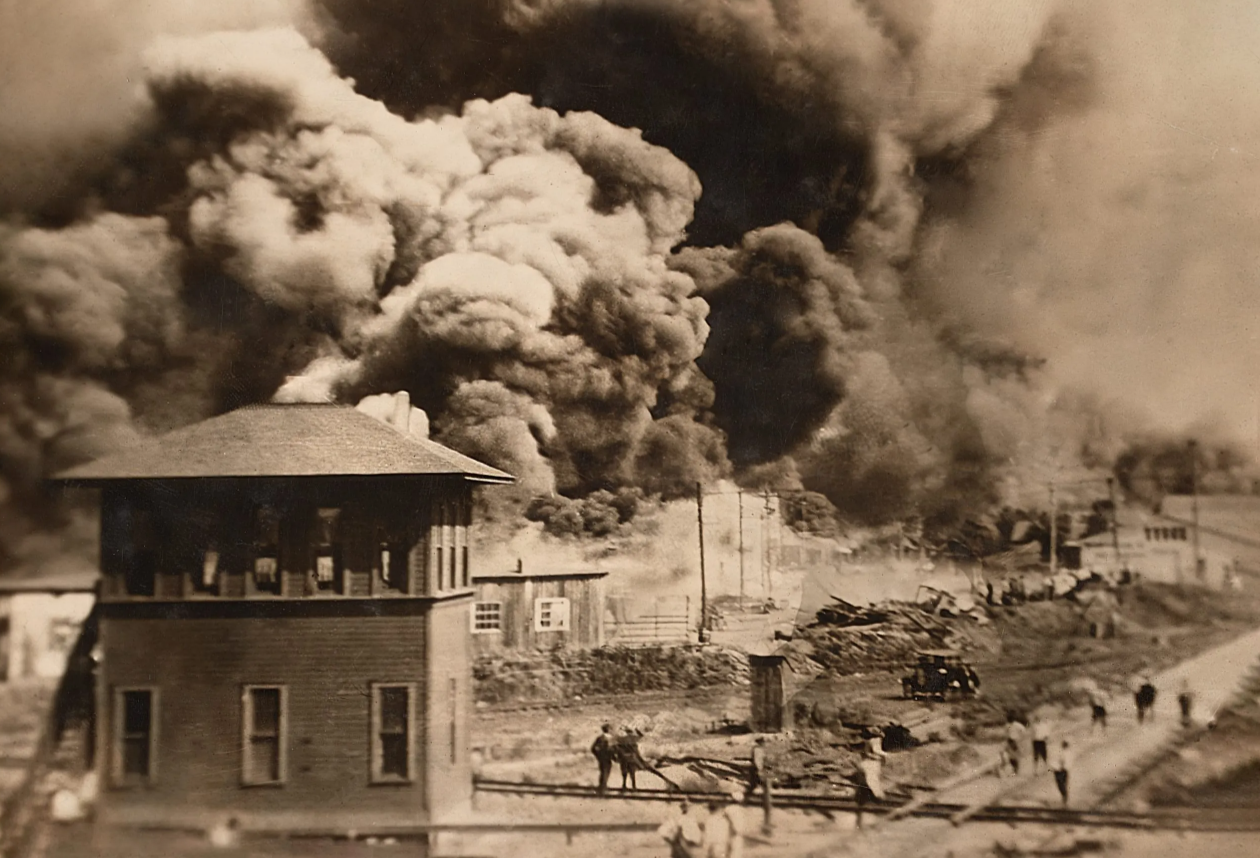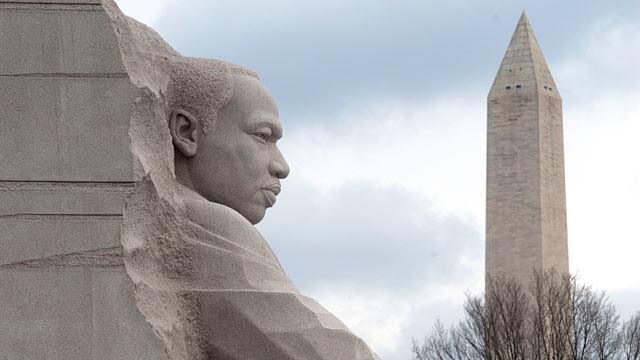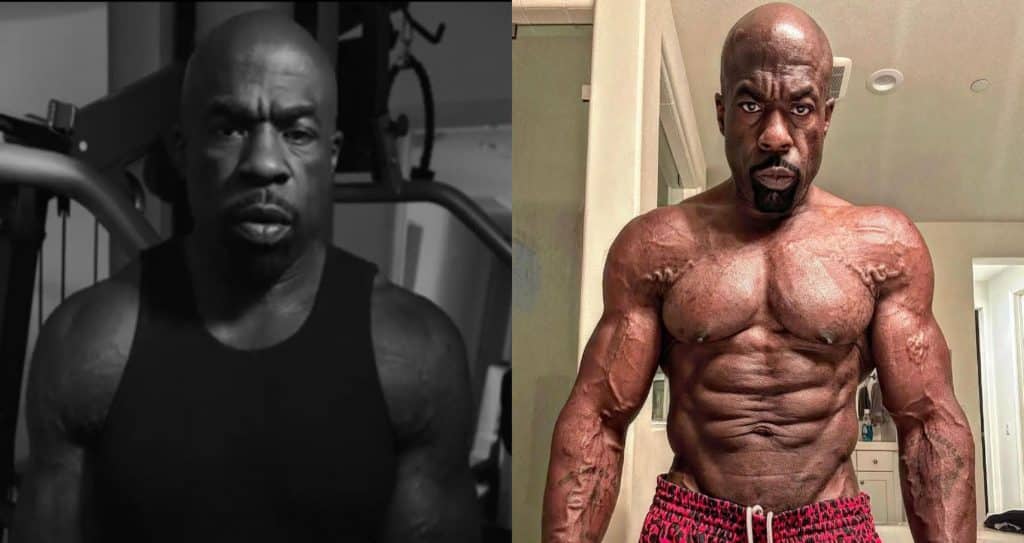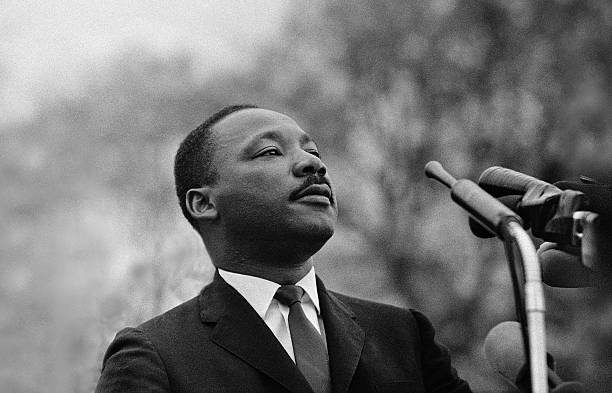(ThyBlackMan.com) At some point, every child, teenager, and young adult should have an awareness of the full story behind the Black Wall Street massacre that occurred in the Greenwood District of Tulsa, Oklahoma. The story of Greenwood is not only about racial resentment and violence; it is also a success story. There is a sense of racial pride that comes from seeing how the people of Greenwood became prosperous. The history of Greenwood gives hope and inspiration when the focus is on how the affluent community was built and developed rather than how it was painfully destroyed.

Greenwood gives proof and examples of how Black entrepreneurs were capable of creating vast wealth despite the tremendous obstacles put forth by racial discrimination and Jim Crow segregation. With segregation laws that prevented Black residents from shopping in white neighborhoods along with the desire and commitment of Blacks to keep money circulating within their own community, Greenwood residents collectively funneled their cash into local Black businesses. Segregation produced a captive marketplace where Black entrepreneurs prospered.
In 1921, Greenwood was considered by many to be the most prosperous Black enclave in the nation. The sophisticated and self-sustained community consisted of banks, hotels, barbershops and salons, clothing stores, jewelers, restaurants, churches, taverns, grocers, movie theaters, and contemporary homes. The children were well-educated by a superior school system, and it was not uncommon to see residents stylishly dressed or driving luxury motorcars. But in a span of 24 hours, the 35 city blocks making up the Greenwood community were burned to the ground. The Tulsa Race Massacre Commission reported that 100 to 300 people were killed. As many as 10,000 people were left homeless.
The 1921 massacre was called the worst public disturbance since the Civil War. Today, the incident is cited as one of the most horrific acts of racial violence and domestic terrorism ever committed in the U.S., and yet it was hardly known or mentioned. For years, America largely ignored the Black Wall Street events throughout mainstream history books. The story illustrates the legacy of Black independence and entrepreneurship and the subsequent white backlash. Whenever there is substantial progress on behalf of Blacks, there will always be some reaction extending from white supremacy.
As the residents of Greenwood gained a strong foothold within the City of Tulsa, it came with power and potential to effect meaningful economic and social change. As a result, the socioeconomic progress of Blacks in the Greenwood District became a major threat to the city’s white-dominated power structure. The upper-class lifestyle of Greenwood residents was a slap in the face to the Black inferiority narrative given by many whites. When an angry white mob destroyed Black business establishments and homes, it was to ensure that white superiority would always be maintained. Throughout history, there have been three American eras of reconstruction.
The first reconstruction marks the period immediately following the end of the Civil War. It saw the defeat of the Confederacy, the emancipation of formerly enslaved people, and the rise of discriminatory laws such as Black codes aimed at restricting economic, educational, and social advancement for Blacks. The Black Wall Street massacre occurred during this time. The second reconstruction is known as the civil rights movement, which started at the end of WWII and continued through the late 1960s. It culminated with the end of legal racial segregation. Some historians and sociologists mark the election of President Barack Obama, the first president of color, as the start of the third reconstruction. It also covers the rise of racial and social justice movements like Black Lives Matter with its ensuing backlash. The backlash to the Obama presidency is in the form of the weakening of the Voting Rights Act by the Supreme Court and the flurry of voter suppression laws in states nationwide. The overall attack against DEI (diversity, equity, and inclusion) is a hostile response to the George Floyd movement.
During the first two reconstruction eras, the Black church was considered the center and heart of the Black community. According to the research of Professor Henry Louis Gates, Black churches were the first institutions built by Black people and run independently of white society. The church provided a refuge for a people systematically brutalized by slavery and then by Jim Crow racism. Leaders from Black churches were at the forefront of the fight for justice. Today, the influence of the Black church is declining. Nearly half of Black millennials and Gen-Zers seldom or never attend church. If the third reconstruction involves the rise of a social justice movement, then there needs to be a social justice revival within the Black church. A revival that balances tradition and legacy with an evolving 2024 society.
The third reconstruction will have a long-lasting impact on younger generations. One powerful lesson from the Greenwood District is unity. The lesson is “a chain is only as strong as its weakest link.” The weakest link becomes the point of failure. The Greenwood residents understood that they had to depend upon the success of each individual and each group in becoming a strong, self-sustained unit. When the Greenwood District was destroyed, they destroyed the prototype model from which other communities could follow in becoming prosperous. Communities nationwide may no longer have the captive marketplace due to segregation; however, Black residents can still maintain the desire and commitment to support Black businesses, banks, and newspapers.
Written by David W. Marshall
Official website; https://davidwmarshallauthor.com/

















As you can see, this is how dangerous the white men and white women are in America due to their disease of Insanity, insecurity, madness, fear and the shortcoming of having small private parts. Indeed, these racist white Americans are the most dangerous and evil people in the world, they first massacre the entire native American population into extinction from over 70 millions to less than 6 million left alive today in America. Likewise, the white men with his small penis will proceed to enslave over 26 million Africans in America to include the torture, lynching, rape, sodomy, kidnapping of our young black African children.
Finally, when black people had the opportunity to start over as free black people, the jealous and insecure white men came to our black wall street towns and began to killed, raped, destroyed, burnt and steal everything that free black people had built for themselves and for their future black children. Like always, it was all base on lies of a white woman about a black man grabbing her arms and white men wanted to seek revenge for such insult which in turn was a sole Ruse with an ulterior motive to prevent the black population in America from becoming economically successful and stronger than the white men’s economy.
We lost our black wall street to crazy and racist white men with small penis because we were not prepared for war against these neanderthal cave dwellers who speak with a fork tongue. Remember, the native American Indians signed over 400 treaties with these white demonic entities and every single one of these treaties were broken by the white men and the white women; therefore, we must learned from the past and never allowed or trust the white American men in anything that they do or say onto our community. We must prepared to fight and killed to protect our beautiful black children from the wrath or racist white men.
For that reason, I am asking for all Law Abiding African American men, women and LGBT to legally purchase guns, rifles, shotguns, ammunitions, Kevlar helmets, body armored, survival food, gear, first aid kit and be prepared for what is coming in November and what is coming towards us next year. The white population is preparing for something against us and we must be ready to fight to the death or die trying. You notice a few weeks ago the courts in Oklahoma dismissed the lawsuit by two elderly black survivors of the Tulsa black street massacre \; even though, there was evidence of the massacre and destruction. As you can see, they are sending us a message that will never give us anything for the wrongdoings they inflicted on our ancestors; so with that we must be ready to fight them to the death.
All African Americans must removed all their money from white banks and deposited in black owned banks and financial institutions, we must sent our black children to black owned schools, colleges and HBCU’S, we must spend our money in black businesses, we must only do business with our black communities and not spend a dime in any other businesses owned by other races or by white people. It is time for us to separate, segregate and build more black wall streets for us by us.